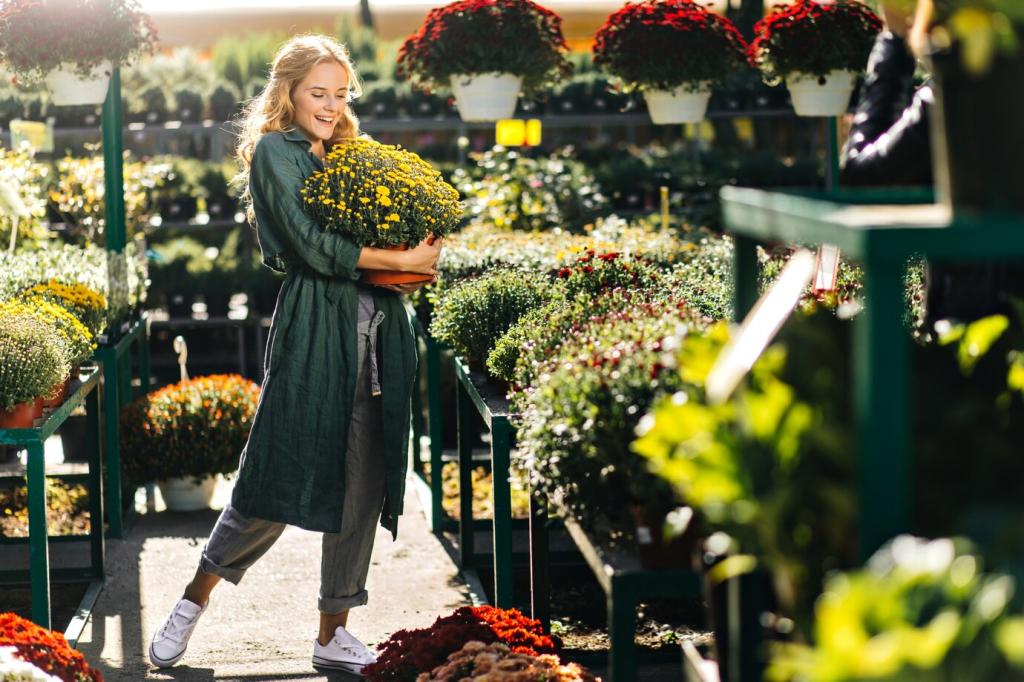Low-Light Plant Care in Urban Settings
Caring for indoor plants in urban environments often presents a unique set of challenges, most notably the lack of abundant natural light. City apartments and offices typically feature small windows, tall neighboring buildings, and limited access to south-facing sunlight. This guide explores how to create thriving indoor gardens despite these constraints, offering practical advice for choosing and supporting low-light plants within the modern urbanized landscape.
Natural Versus Artificial Light
City dwellers must often compensate for inadequate natural light by leveraging artificial sources. While some plants can survive on minimal sunlight, others might need supplemental lighting, such as LED or fluorescent bulbs. Understanding the difference between natural light’s broad spectrum and the targeted wavelengths of artificial lighting helps ensure your chosen plants receive the required energy for photosynthesis and healthy development, keeping them vibrant even in dim apartments or offices.
Microclimates Within Urban Spaces
Even within the same room, slight shifts in light availability, temperature, and humidity create microclimates that influence plant growth. Areas close to windows, doorways, or heat sources can vary dramatically in their environmental conditions. Recognizing these variations allows urban gardeners to position their low-light plants more effectively, optimizing well-being and adaptation, and reducing the risk of stress caused by environmental inconsistencies within confined city interiors.
The Myths of “No-Light” Plants
A common misconception is that certain houseplants can thrive in complete darkness. While some species tolerate low-light conditions, no plant can survive indefinitely without any light source, natural or artificial. Recognizing this myth is the first step to realistic plant care, prompting urban gardeners to provide even shade-loving species with at least minimal exposure to light, thus setting expectations and care routines that lead to healthier greenery.
Choosing Urban-Friendly Low-Light Plants
Top Adaptable Plant Species
Several plant species have developed remarkable resilience, making them suitable for typical city apartments. Snake plants, pothos, and ZZ plants, for instance, not only survive but actively thrive with minimal sunlight. These species are typically hardy, requiring less frequent watering and adapting well to fluctuating indoor conditions, making them excellent choices for beginners and seasoned gardeners alike seeking lush interiors without excessive maintenance.
Factors to Consider When Selecting Plants
Beyond simply choosing low-light plants, urban gardeners must reflect on factors like available space, pet safety, and maintenance requirements. Some species grow tall and sprawl, while others remain compact, making them perfect fits for small shelves or desk corners. Additionally, considering toxicities ensures the safety of pets and children, while understanding each variety’s humidity and temperature preferences tailors selections to the specifics of your individual environment.
Plant Health and Longevity
Healthy, long-lived low-light houseplants don’t happen by accident; their success lies in selecting specimens adapted to their intended environment and caring for them attentively. By prioritizing varieties that match your light levels, humidity, and space constraints, you establish the foundation for years of vibrant growth. This mindful approach not only fosters healthier plants but also yields an interior landscape that remains inviting and beautiful across changing seasons.
Essential Care Practices for Low-Light Settings

Plants in low-light settings generally require less water than those in bright, sun-filled rooms. Excess moisture can lead to root rot, mold, and other issues. Monitoring soil moisture and adjusting your watering schedule accordingly is critical. Urban air’s tendency toward dryness—especially in heated or air-conditioned spaces—necessitates periodic misting or pebble trays to maintain adequate humidity, ensuring your plants receive appropriate moisture while preventing harmful overwatering.
